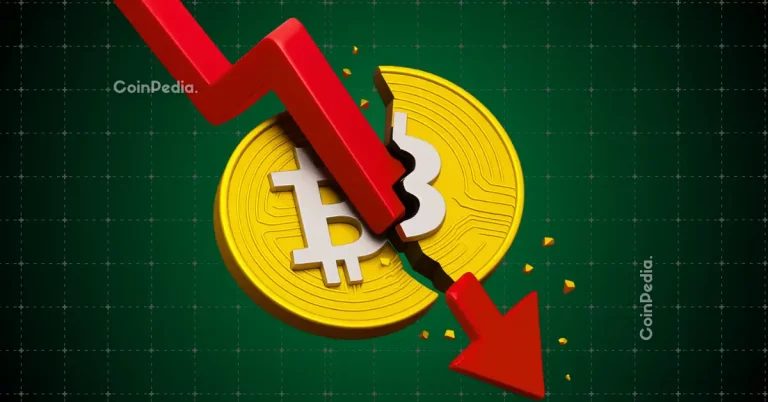
“
Bitcoin 2025: The Intersection of Technology and Finance
Bitcoin 2025: The Intersection of Technology and Finance. As we approach 2025, the world of finance is on the cusp of a revolution, driven by the intersection of technology and finance, with Bitcoin at the forefront. The rise of cryptocurrency has been a game-changer, offering a decentralized, secure, and transparent way to conduct financial transactions. In this article, we will explore the current state of Bitcoin, its potential impact on the financial industry, and what the future holds for this innovative technology.
Introduction to Bitcoin

Bitcoin is a digital currency that was created in 2009 by an anonymous individual or group of individuals using the pseudonym Satoshi Nakamoto. It is based on a decentralized technology called blockchain, which allows for peer-to-peer transactions without the need for intermediaries such as banks. Bitcoin is not regulated by any government or institution, and its value is determined by supply and demand in the market. For more insights into investing strategies, check out our article on Future-Proofing Your Investments: Bitcoin Strategies for 2025.
The Rise of Cryptocurrency

The rise of cryptocurrency has been nothing short of phenomenal. In 2020, the total market capitalization of all cryptocurrencies surpassed $1 trillion, with Bitcoin accounting for over 60% of the total market share. The growth of cryptocurrency has been driven by increasing adoption, improved infrastructure, and growing recognition of its potential as a store of value and a medium of exchange.
The Impact of Bitcoin on the Financial Industry

The impact of Bitcoin on the financial industry has been significant. Traditional financial institutions have been forced to take notice of the rise of cryptocurrency and are now exploring ways to incorporate it into their business models. Many banks and financial institutions are now investing in blockchain technology, and some are even launching their own cryptocurrencies. This shift highlights the need for businesses to adapt, as discussed in our piece on Heritage Meets Modern Vision: The Perfect Blend of Tradition and Innovation.
The Future of Bitcoin

As we approach 2025, the future of Bitcoin looks bright. The increasing adoption of cryptocurrency, improved infrastructure, and growing recognition of its potential as a store of value and a medium of exchange are all driving factors that will contribute to the continued growth of Bitcoin. Additionally, the development of new technologies such as the Lightning Network and the rollout of Bitcoin ETFs will further increase the accessibility and appeal of Bitcoin to a wider audience.
Conclusion

In conclusion, Bitcoin 2025: The Intersection of Technology and Finance is an exciting and rapidly evolving field that has the potential to revolutionize the way we think about money and financial transactions. As the world becomes increasingly digital, the demand for decentralized, secure, and transparent financial systems will continue to grow, and Bitcoin is well-positioned to meet this demand. Whether you are a seasoned investor or just starting to explore the world of cryptocurrency, one thing is clear: Bitcoin is here to stay, and its impact on the financial industry will be felt for years to come.
Challenges and Opportunities

While the future of Bitcoin looks bright, there are still challenges and opportunities that need to be addressed. One of the main challenges facing Bitcoin is regulatory uncertainty. Governments and institutions are still grappling with how to regulate cryptocurrency, and this uncertainty can create volatility in the market. Additionally, the issue of scalability and accessibility is still a major concern, with many users experiencing slow transaction times and high fees.
Real-World Applications of Bitcoin

Despite the challenges, Bitcoin is already being used in a variety of real-world applications. Many businesses are now accepting Bitcoin as a form of payment, and some are even using it as a store of value. For example, the online retailer Overstock has been accepting Bitcoin as a form of payment since 2014, and the company has seen a significant increase in sales as a result. Additionally, some countries are exploring the use of Bitcoin as a reserve currency, which could further increase its adoption and value.
The Future of Cryptocurrency

The future of cryptocurrency is exciting and rapidly evolving. As the technology continues to improve and become more widely adopted, we can expect to see new and innovative applications of cryptocurrency emerge. For example, the development of decentralized finance (DeFi) platforms is allowing users to lend, borrow, and trade cryptocurrencies in a decentralized and trustless manner. Additionally, the growth of non-fungible tokens (NFTs) is allowing artists and creators to monetize their digital assets in new and innovative ways.
Conclusion

In conclusion, the intersection of technology and finance is driving a revolution in the way we think about money and financial transactions. Bitcoin is at the forefront of this revolution, offering a decentralized, secure, and transparent way to conduct financial transactions. As the world becomes increasingly digital, the demand for decentralized, secure, and transparent financial systems will continue to grow, and Bitcoin is well-positioned to meet this demand. Whether you are a seasoned investor or just starting to explore the world of cryptocurrency, one thing is clear: the future of Bitcoin and cryptocurrency is bright, and it will be exciting to see how it all unfolds.



